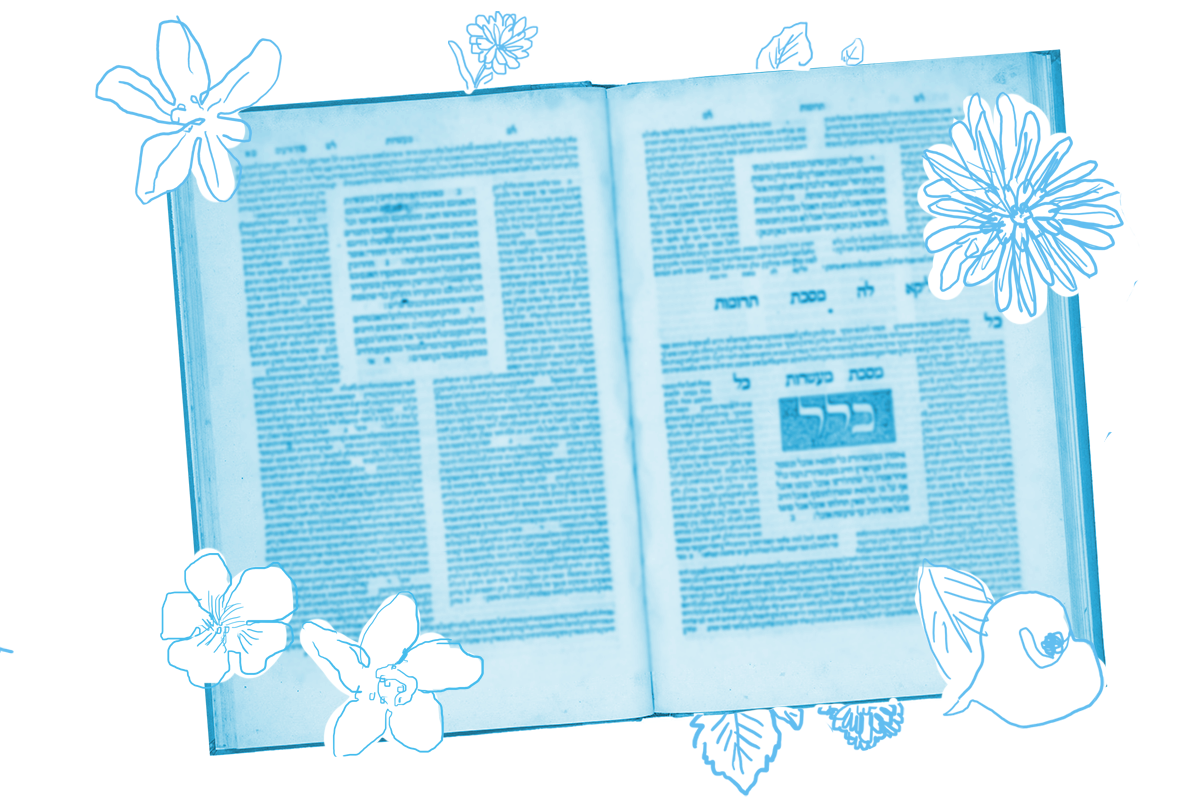Today’s daf continues to explore one of the themes of this chapter of Tractate Sukkah: What constitutes beauty?
As we saw on Sukkah 34, the Torah commands that one of the four species — the one we know today as the etrog — should come from the “fruit of a beautiful tree” (Leviticus 23:40). Though there were different opinions about what beautiful might mean, including a possible reference to the taste of the fruit, today’s daf returns to a more surface understanding of beauty.
On the topic of aesthetics, the mishnah discusses the minimum and maximum size the etrog must be. At its smallest, it might be the size of a nut (or perhaps an egg). At its largest, it must be possible to hold two in one hand, according to Rabbi Yehuda, or perhaps two in both hands together, according to Rabbi Yosei.
In a beraita (early tradition) on today’s page, Rabbi Yosei raises a possible precedent for why even his more lenient position about size should still be considered conservative.
With your help, My Jewish Learning can provide endless opportunities for learning, connection and discovery.
There is a story about Rabbi Akiva that he came to the synagogue with an etrog on his shoulder.
Apparently, the great Rabbi Akiva used to carry around an etrog that was so large he couldn’t even carry it in both hands and had to hoist it on his shoulder. If Rabbi Akiva used to carry such an enormous etrog, then perhaps everyone should be allowed to carry one that is maybe not quite so gigantic, but at least large enough that two hands are needed to hold it.
But immediately Rabbi Yehuda challenges that teaching:
Is there proof from there? Even then the others said to him: This is not beautiful.
In the end, Rabbi Yosei’s appeal to Rabbi Akiva’s precedent is refuted. Rabbi Yehuda reminds him that even though Rabbi Akiva did have a practice of schlepping a gargantuan etrog, his own colleagues found this massive etrog to not be beautiful at all — perhaps it even weirded them out.
This might be interpreted as suggesting that the law should err on the side of limiting the size of etrogs. But it also reminds us that even when a community tries to establish a standard of beauty, it is always still to some extent in the eye of the beholder. While most of Rabbi Akiva’s colleagues would have preferred to prohibit such a large etrog, Rabbi Akiva himself must have loved his outsized citron and found it to be beautiful indeed.
So what constitutes beauty? It depends who you ask.
Read all of Sukkah 36 on Sefaria.
This piece originally appeared in a My Jewish Learning Daf Yomi email newsletter sent on August 12th, 2021. If you are interested in receiving the newsletter, sign up here.



